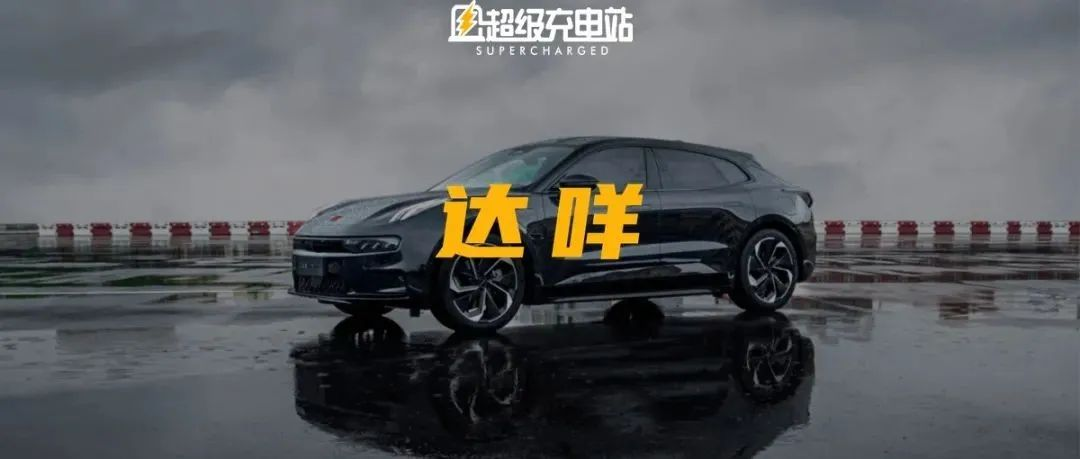Author: Chang Yan
Today is the last day of the statutory holiday for Chinese New Year, it’s time to finish the work that has been procrastinated during the holiday.
On the first day of the holiday, I mentioned in a New Year’s video that among the 5 new cars ordered in 2021, only the Zeekr 001 was finally returned. At that time, there were iron powder fans asking why it was returned and could provide some guidance, so I thought it was necessary to write an article.

Note that all objective facts and subjective feelings mentioned in this article are the experiences I have experienced as an ordinary consumer, which do not represent the views of the media I work for nor suggest that other consumers will have similar experiences.
It is worth starting this article with a sentence from a fan who took over my order. Last month, when he added me on WeChat, the first comment he made was, “I think Zeekr factory is the place I am worried about, but I am assured about the cars.”

I think he makes a lot of sense.
Call me Cong Cong
If at the beginning, my expectation for Zeekr 001 was only the car, maybe the result would not be so bad.
After all, at the beginning, I observed Zeekr as an organizational example of an independent brand transforming towards new energy.
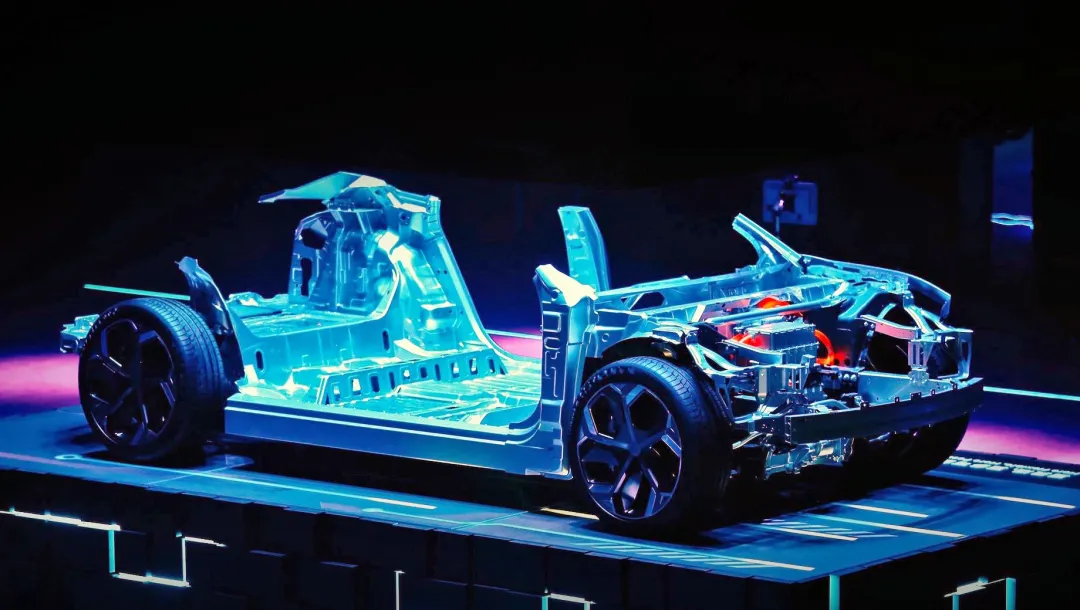
From 2016 to 2019, it was probably the key four years of the emergence and growth of new energy companies.
In these 4 years, two successful growth modes of new energy vehicle companies have been formed and later proved to be extremely successful.
One is the technology-first, “racing to death” model represented by Tesla.
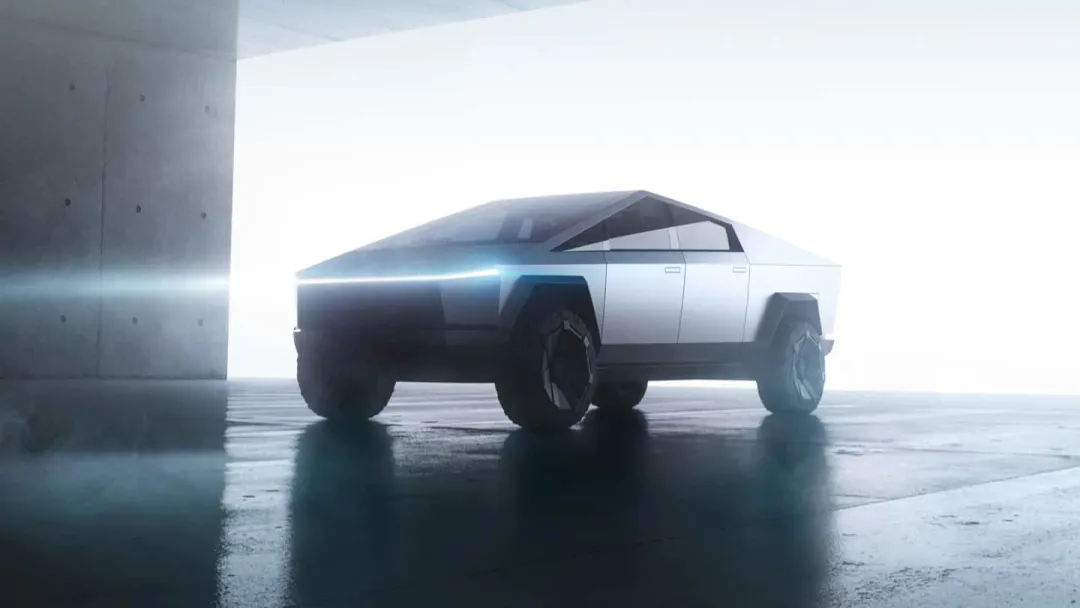
While the other is the ecosystem-driven, “pleasant life” model represented by NIO.
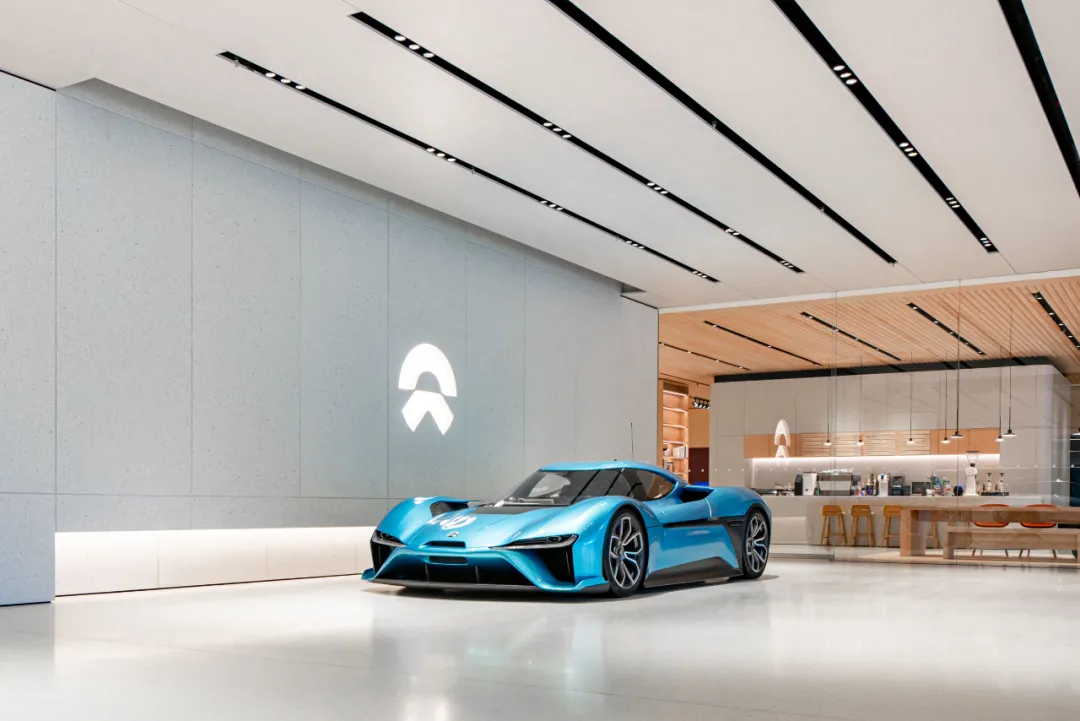
I am very fortunate to have been deeply involved in the outbreak of the former, but unfortunately missed the experience of the latter. When the Zeekr brand once again announced that it will rebuild the organizational form and build a “user enterprise” from scratch, I feel that there may be no better opportunity for experience.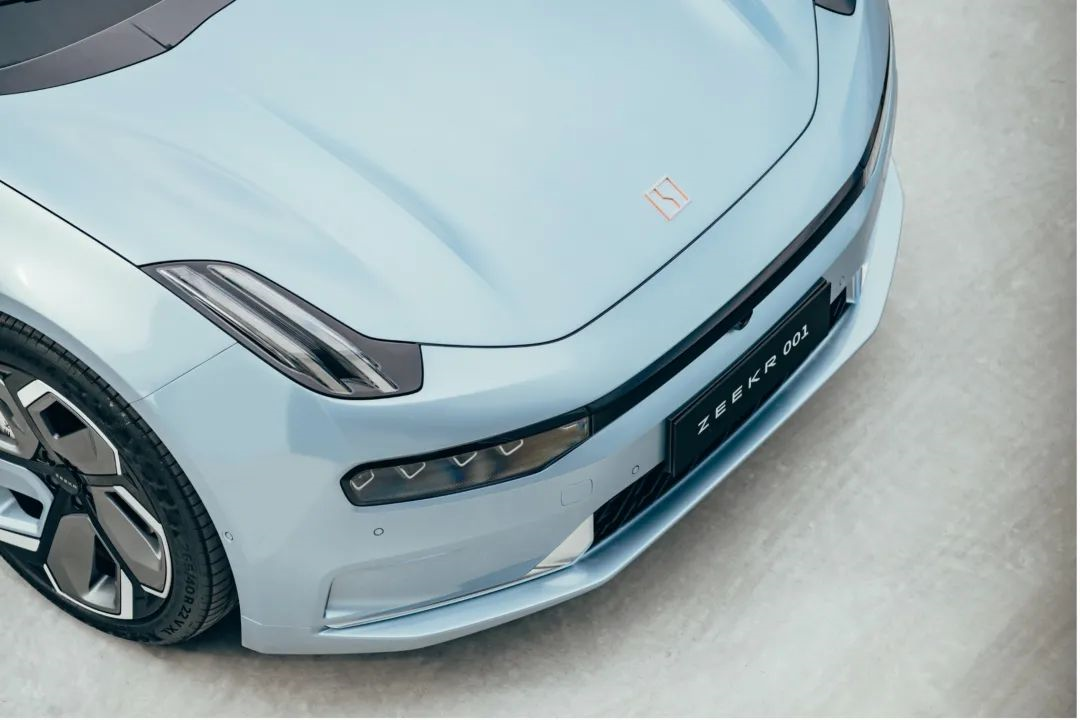
Looking at it from that decision point, we can observe two major topics of “User Enterprise from 0 to 1” and “Traditional Enterprise Electrification Transformation” from the extreme Kang brand building, and most importantly, from the perspective of technology and system construction released by Extreme Kang at the 001 press conference. The fields that Extreme Kang is trying to cover and the standards it wants to achieve have reached almost the highest level in the industry. This requires Extreme Kang’s investment in management and organization to be more profound and resolute than its industry peers.
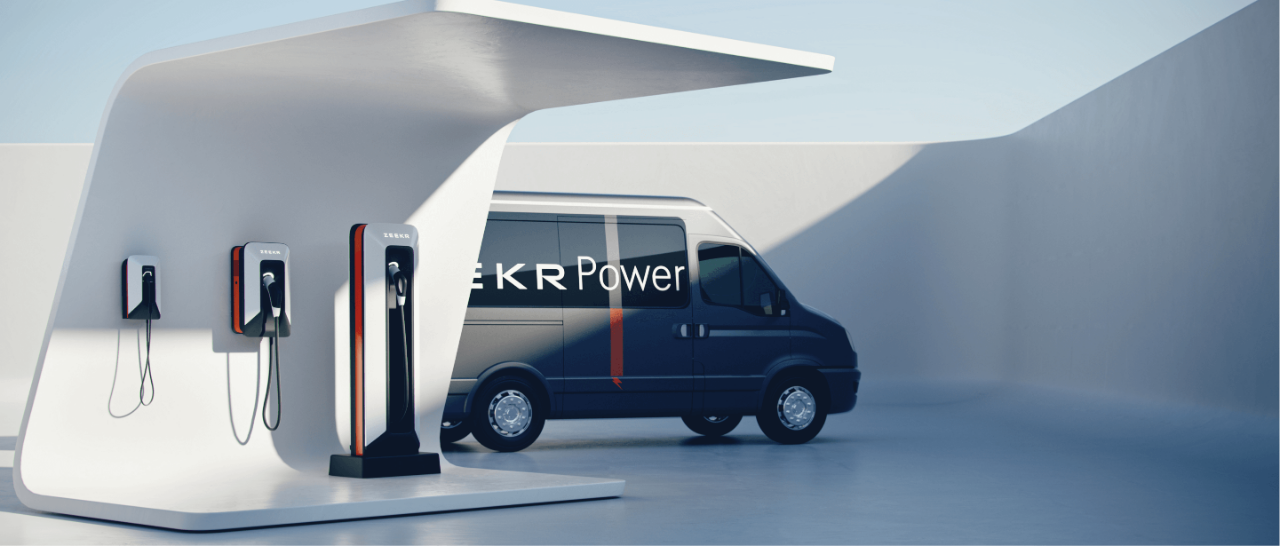
I once thought that Geely Automobile Group Chairman An Conghui’s appointment as CEO of Extreme Kang was the greatest manifestation of this determination.
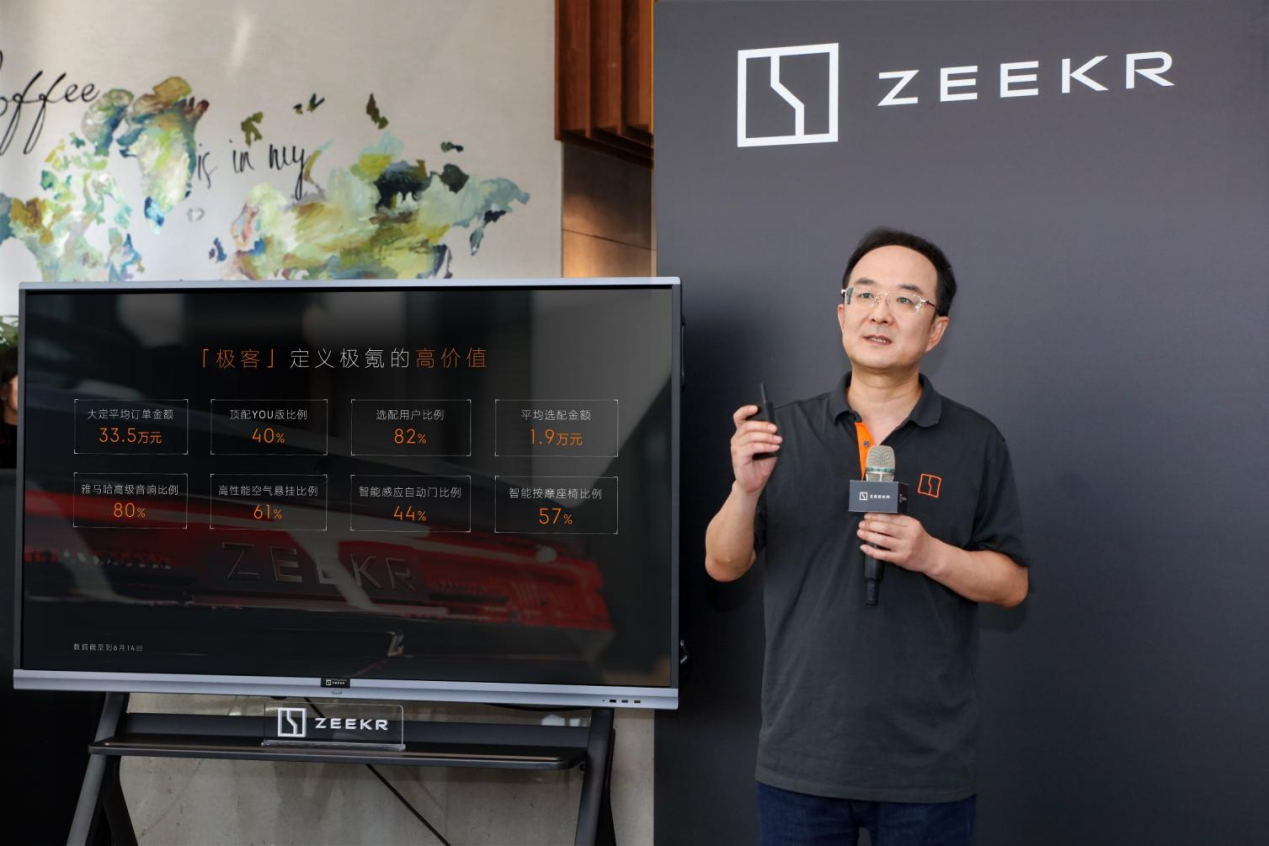
Especially on April 15th at the Extreme Kang press conference, his sentence “Call me Congcong,” although it also caused media controversy, the “correct the wrong first” attitude also became a distinctive label on the early stage of the Extreme Kang brand.
In the following few months, An Conghui and his Extreme Kang team began non-stop user meeting activities. After I met Congcong himself at the co-creation meeting on June 15th, I ordered a top-of-the-line We version Extreme Kang 001.
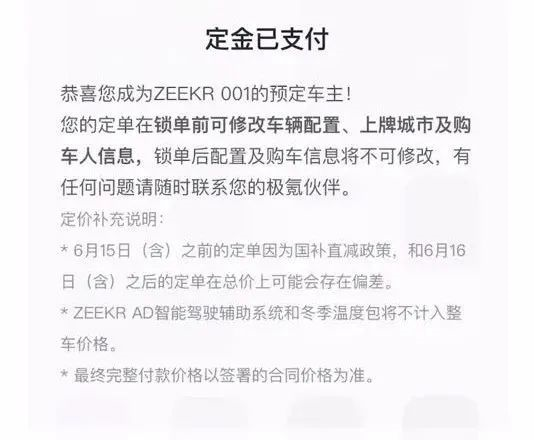
Three Telephone Calls
In the next six months, as an Extreme Kang quasi-car owner, I experienced all the negative issues that Extreme Kang car owners have faced, as well as the continuous controversy over “unfinished products” after delivery.
While putting aside the confusion that the media learned about Extreme Kang, my loss of patience with Extreme Kang basically came from the three telephone calls I experienced with Extreme Kang’s delivery system.
The first call was in September last year.
As Mid-Autumn Festival was approaching, Extreme Kang decided to give away a box of mooncakes to all major car owners, which was a warm gesture. However, due to food safety issues caused by the quality of the mooncakes, it eventually turned into giving away points.
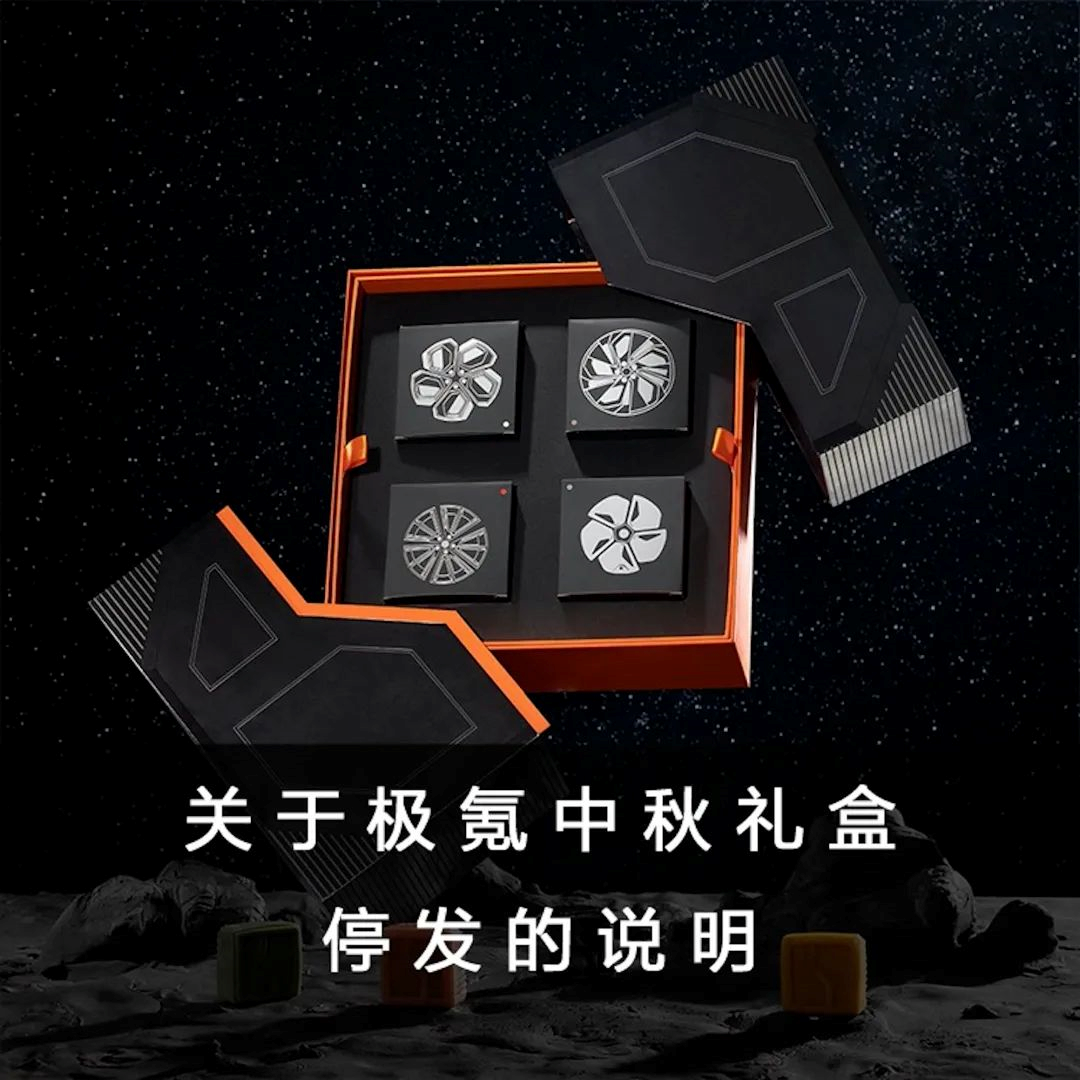
Objectively speaking, I don’t care about the mooncakes, nor do I have any complaints about the operation of compensating points, but the problems reflected behind the whole communication process are worth paying attention to.
For me, this box of mooncakes that I never received went through a magical journey of two deliveries, two retrievals, and two apologies…At the beginning, when I was coordinating with the delivery, they told me that I could redeem mooncakes in the app. After that, they contacted me again to remind me to check if I had received the mooncakes after they were sent.
A couple of days later, they informed me that they had retrieved and resent the mooncakes, and then notified me that they were canceling the plan and offering bonus points instead.
Especially, even after the delivery staff communicated with me via WeChat about these issues, I received a call from Zeekr customer service. The person on the other end seemed very embarrassed and mechanically repeated the announcement. Even though I politely told them that I understood, I still listened to the announcement until the end.
My feeling was that this company was not ready for “humanized” communication, nor for collaboration and communication between different channels and departments. They seemed to be in the stage of imitating other user enterprises. However, we cannot expect a company that has only been established for five months to be extremely mature, right?
This small episode passed quickly, but unexpectedly, another issue arose regarding the car business.
The second incident occurred in October last year. As the delivery process gradually unfolded, Zeekr also carried out user test drives nationwide. Due to the fact that we purchased the car as a company and were restricted by Beijing’s quota system, we chose the plan to pick up the car in my hometown, Hebei.
Therefore, the situation was relatively simple: I needed to pick up the car in Hebei, but I wanted to test drive it in Beijing. That month, I received a call from Shijiazhuang, inviting me to participate in a test drive the next day. I politely requested to test drive in Beijing, and the other party replied that they would report the situation and help me arrange for a test drive in Beijing.
After that, I received an invitation to test drive in Shijiazhuang again, as if nothing had happened.
So, from exchanging mooncakes to exchanging cars, the issue of “no smooth communication” and the corresponding internal confusion still existed.
The third incident was in January this year.
Strictly speaking, I was no longer a Zeekr user at that time. After I had transferred my order to the user who wanted to take over it through Zeekr’s system, I received Zeekr’s third phone call.
“Sir, I see that you have just transferred a Zeekr 001 order.”I replied that I was not the transferee, but I had just transferred my order to someone else. The other party replied to me to check it.
Ten minutes later, I received the same phone call again…
Although the order was successfully transferred with the help of Zeekr, I think Zeekr’s entire sales system was still in chaos until I said goodbye to this order, and there was not much improvement.
Even when I said goodbye to Zeekr 001, my driving experience with this car was 0.
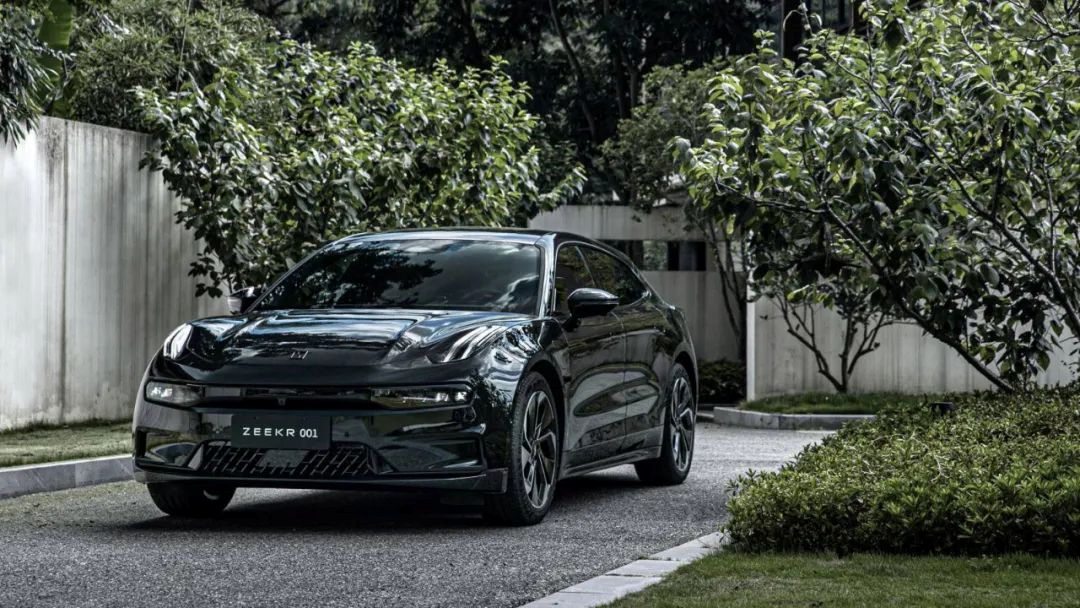
Let’s talk about the intelligence of Zeekr 001.
Electric cars should bid farewell to the era of futures
As a media person who pays attention to electrification, I received the earliest test drive invitation for 001 last June.
It was on the same day that I ordered 001 that Zeekr announced at the co-creation meeting that the ZAD advanced driving assistance system of Zeekr 001 had entered the testing phase and would be available for media test drives in August.

As of 6 p.m. on February 6, 2022, when I wrote this article, we still have not met this system.
When choosing 001, I chose the ZEEKR-Ultimate fully intelligent driving assistance system worth 35,000 yuan without hesitation for simple reasons:
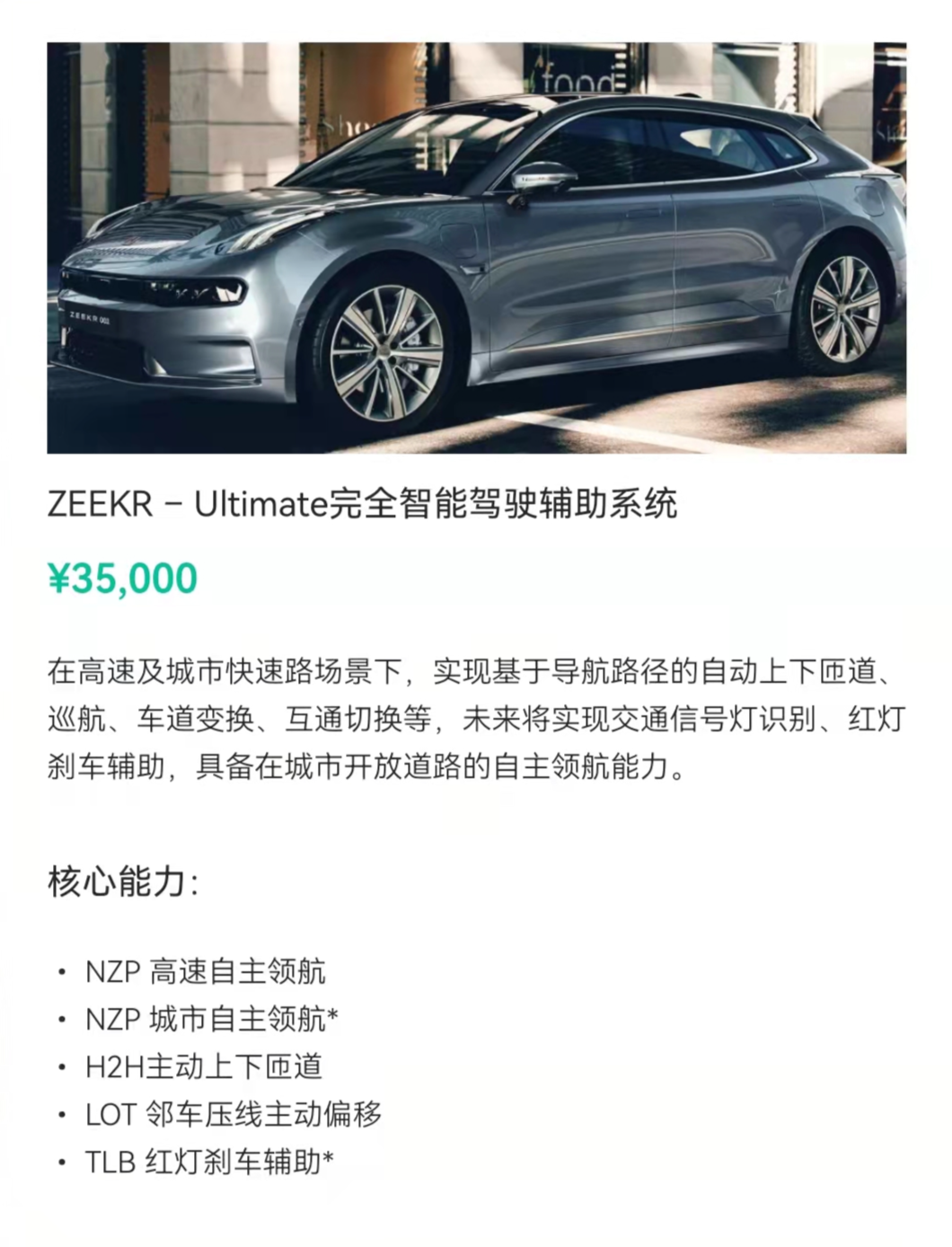
-
1. As a media concerned about intelligence, we want to experience the highest level of driving assistance ability;
-
2. The difficulty of the solution used by Zeekr 001 is lower than that of the lidar solution, and the maturity is higher, and I thought it could be delivered at the time of delivery;
-
3. I commute 90 kilometers to work every day, and 80 kilometers can use the ADAS system, which is a must for me.
But I didn’t expect that the models with the lidar solution that I thought were distant are about to start delivering functions, while Zeekr is still stuck.

This is just a microcosm of Zeekr’s intelligence, from “smart software” such as car machines to “smart hardware” such as electric doors, the evaluation of “not very smart”, “not smart yet”, and “waiting for OTA to make it smarter” are all over.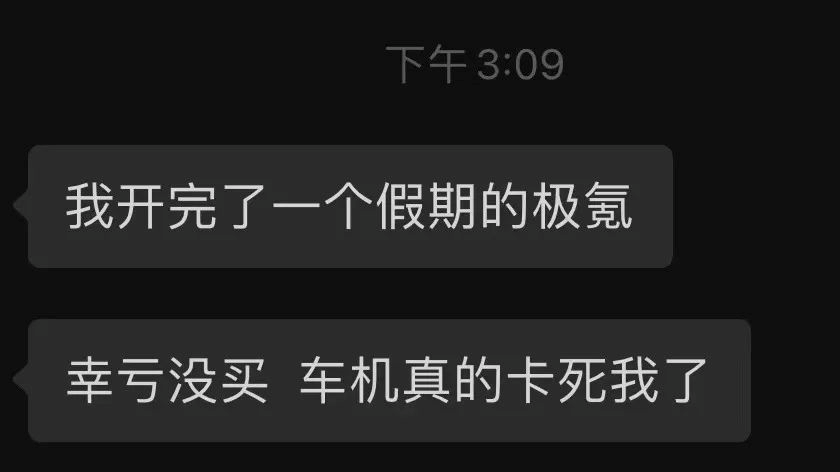
Although I am filled with awe for the difficulty of building a new brand, and I fully understand that the marketing and sales of new brands are increasingly ahead of the times, I believe that electric vehicles will gradually bid farewell to the era of futures.
First, in the early days, popular electric vehicle models were unique in that they were the only models in a certain period of time from booking to delivery. This uniqueness gave consumers sufficient reasons to wait, but now that the market is gradually maturing, consumers have more and more choices during the long waiting period, and their patience is getting lower and lower.
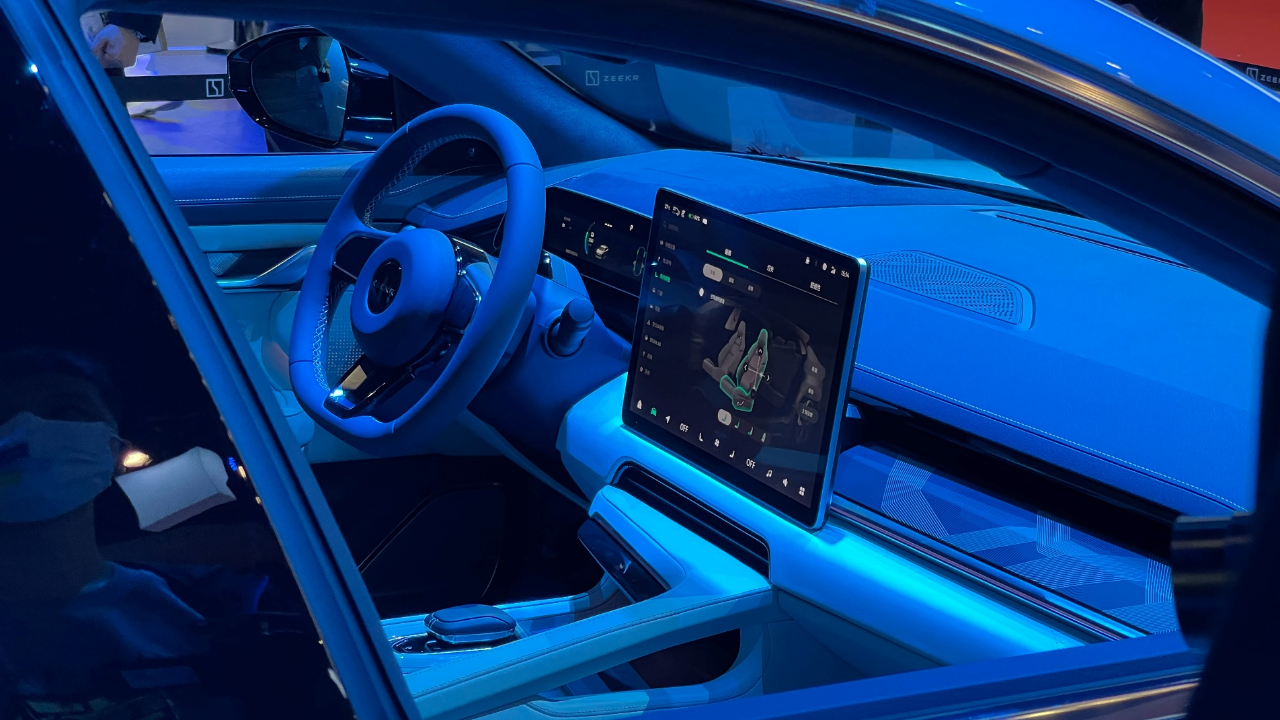
Secondly, when there are already a large number of similar mature technologies in the market, the delay in delivery of functions due to a brand’s own technology failure should not be a reason for consumers to wait.
Thirdly, new technologies are developing rapidly, and if they cannot be delivered on schedule, the corresponding selling price should be devalued. Consumers should not be the ones to bear the sunk cost of this technology.
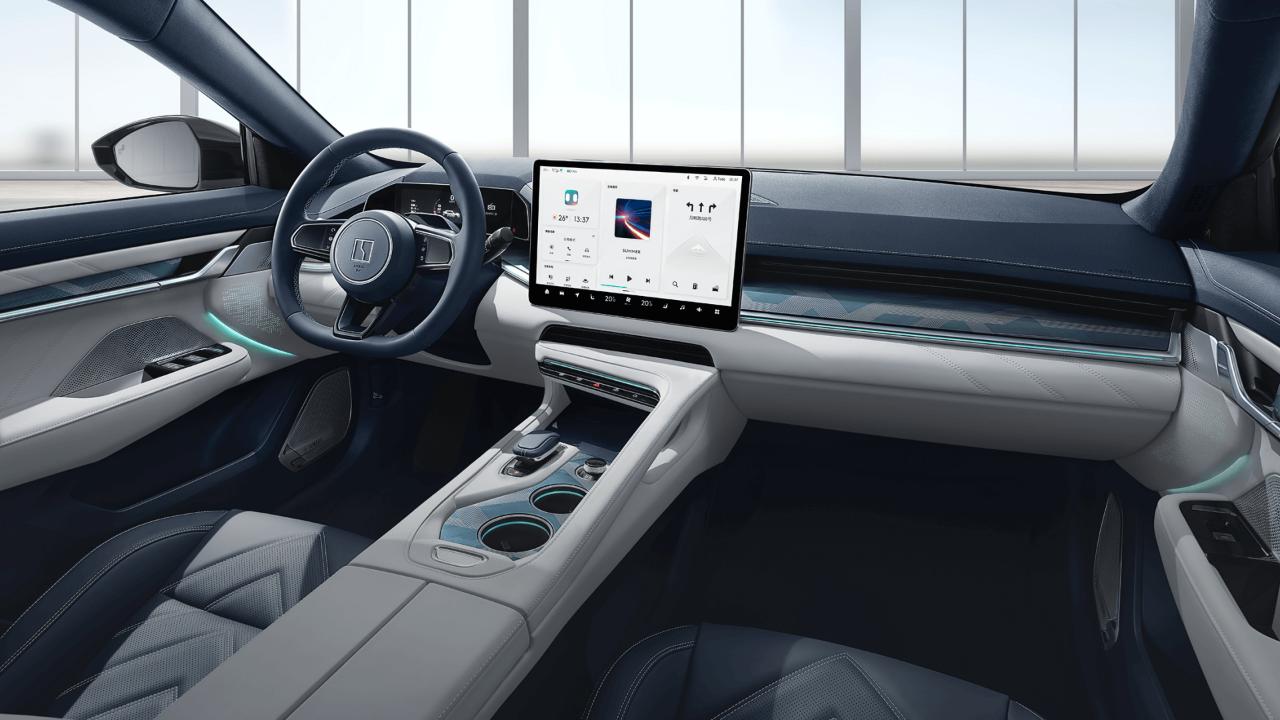
Perhaps, after a few updates, the GOK001 will become a perfect product. Perhaps, in future models, GOK will learn from current lessons.
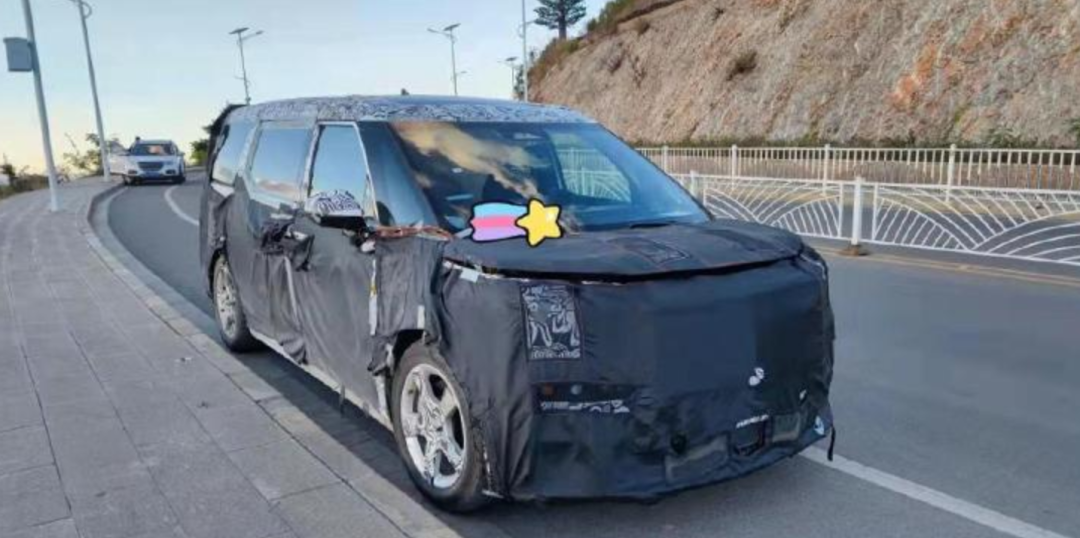
However, GOK’s inadequate organizational ability and ideological transformation have already caused it to miss many opportunities that it could have grasped. This kind of hesitation, impurity, and incompleteness has repeatedly appeared in many of Geely’s pure electric products.
That is how my journey with GOK, from “call me smart” to “call me hasty”, went.
In a hurry to recharge, smart still refuels.
This article is a translation by ChatGPT of a Chinese report from 42HOW. If you have any questions about it, please email bd@42how.com.
